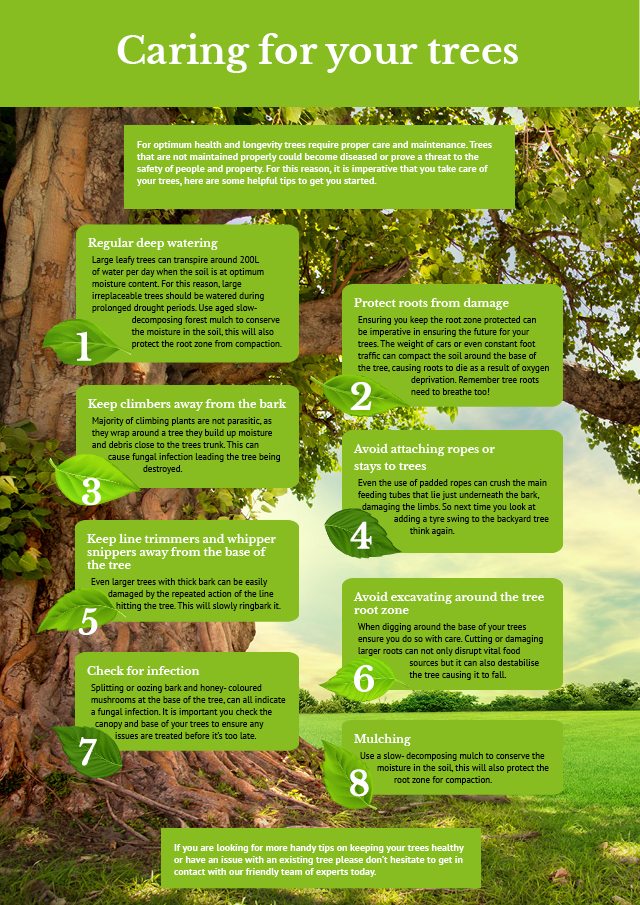Post-Tree Removal Treatment Is Essential For Landscape Restoration; Uncover Crucial Actions To Rejuvenate Your Room And Prevent Future Issues
Post-Tree Removal Treatment Is Essential For Landscape Restoration; Uncover Crucial Actions To Rejuvenate Your Room And Prevent Future Issues
Blog Article
Authored By-Tate McCollum
After a tree's removal, your landscape may look quite different, and it's vital to assess the consequences very carefully. You'll intend to assess the dirt disruption and check surrounding plants for any type of indications of stress. Disregarding these variables can lead to bigger issues down the line. So, what should you perform with those stumps and roots? And just how do you pick the very best plants for your rejuvenated space? Let's discover Click On this website .
Assessing the Aftermath: Assessing Your Landscape
After a tree removal, it's crucial to assess your landscape to understand the effect it has on your yard.
Begin by checking out the location where the tree stood. Try to find indications of dirt disturbance, and examine the bordering plants for any stress or damages.
You ought to likewise bear in mind of exactly how the removal has changed sunlight direct exposure and air flow in your garden. This shift can affect the growth of close-by plants, so it's vital to evaluate their health.
Consider the visual aspects as well; the removal may develop an open space that you can revamp.
Finally, think of any type of potential erosion problems that might develop from the tree's absence. Resolving these elements early will aid recover balance to your landscape.
Dealing With Stumps and Origins: Alternatives for Removal
When you have actually analyzed the aftermath of the tree removal, you'll likely require to deal with the stump and roots left behind.
You have a few options for removal. One efficient approach is stump grinding, where a specialist makes use of a machine to grind the stump to underground degree. This strategy leaves minimal disruption to your landscape.
If you choose a do it yourself method, you can use a mix of digging and chemical stump eliminators. Just bear in mind, this process can require time and initiative.
Additionally, consider leaving the stump as an all-natural attribute, which can act as an unique yard element or environment for wild animals.
Whatever you choose, resolving the stump and roots is important for recovering your landscape.
Picking the Right Plants for Your New Space
As you assess your newly removed space, selecting the right plants can considerably enhance your landscape's charm and functionality.
Begin by thinking about the sunlight and soil problems. For sunny areas, select drought-resistant plants like lavender or succulents. In shaded places, ferns and hostas prosper well.
Consider the dimension and growth practices of your plants; mix perennials and annuals for seasonal variety. Do not forget to incorporate indigenous varieties; they require less upkeep and support neighborhood wild animals.
Team plants in weird numbers for an extra natural appearance and develop layers for visual depth.
Lastly, guarantee you have a mix of shades and structures to maintain your landscape lively throughout the seasons.
Pleased https://drive.google.com/drive/folders/1bDyhBoJxi6Xt9S0V25Ly9Bt2sgsSYDe_?usp=drive_open !
Final thought
In conclusion, restoring your landscape after tree elimination is a rewarding process. By evaluating the consequences, resolving stumps and roots, and selecting the right plants, you'll produce a growing atmosphere. Do not neglect to integrate erosion control procedures to shield your dirt. With a little effort and care, you can change your room into a vibrant yard that boosts your building. Welcome the opportunity to revitalize your landscape and enjoy the appeal of nature right in your backyard!
